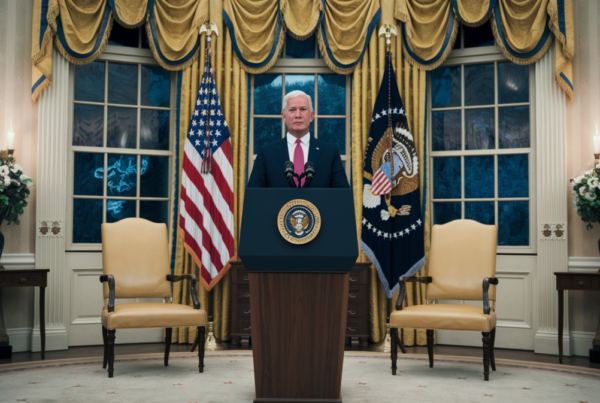In a move aimed at bolstering domestic copper production, former President Donald Trump has announced a 50% tariff on all copper imports, effective August 1, 2025. The decision, which covers refined copper and semi-finished products, is expected to reshape the global copper market and impact industries reliant on the metal, from electronics to defense.
Scope of the Tariff
The new tariff will apply to:
- Refined copper
- Semi-finished copper products, including wires, sheets, tubes, and plates
These materials are critical for power grids, military applications, and data centers. By extending the tariff to semi-finished goods, the administration aims to strengthen the entire U.S. copper supply chain.
Market Reactions
Following the announcement, U.S. copper prices surged to a record high, with New York copper futures reaching $5.69 per pound. Analysts attribute the spike to concerns over potential supply shortages and the broader implications for global trade.
| Metric | Before Tariff Announcement | After Tariff Announcement |
|---|---|---|
| Copper Price (per pound) | $4.20 | $5.69 |
| Market Volatility | Low | High |
International Concerns
Major copper-exporting nations, including Chile, Canada, and Peru, have expressed unease about the tariff’s economic impact. These countries are exploring potential exemptions and weighing retaliatory measures. Chile, which supplies 70% of U.S. copper imports, is particularly vulnerable to the policy shift.
Domestic Implications
The U.S. imports a significant portion of its copper needs, with 922,000 metric tons of refined copper and alloys brought in during 2024 alone. The tariff is expected to:
- Increase production costs for U.S. manufacturers
- Raise consumer prices for copper-dependent goods
- Stimulate domestic mining and refining operations
Strategic Justification
The administration has framed the tariff as a national security measure, citing copper’s critical role in:
- Semiconductors
- Military technologies, including aircraft and missile systems
- Renewable energy infrastructure, such as lithium-ion batteries
By reducing reliance on foreign copper, the U.S. aims to enhance self-sufficiency in these strategic sectors.
Industry Reactions
While domestic copper producers have welcomed the move, industry experts warn of potential downsides:
- Short-term benefits: Increased demand for U.S.-mined copper could boost local economies.
- Long-term risks: Higher costs and supply chain disruptions may hurt manufacturers reliant on imported copper.
Looking Ahead
The 50% tariff marks a significant shift in U.S. trade policy, with far-reaching consequences for global markets and domestic industries. Stakeholders across the supply chain are closely monitoring developments, preparing for a landscape where copper—once a staple commodity—becomes a geopolitical flashpoint.
As the August 1 implementation date approaches, the world waits to see whether this bold move will achieve its intended goals or spark unintended economic turbulence.







